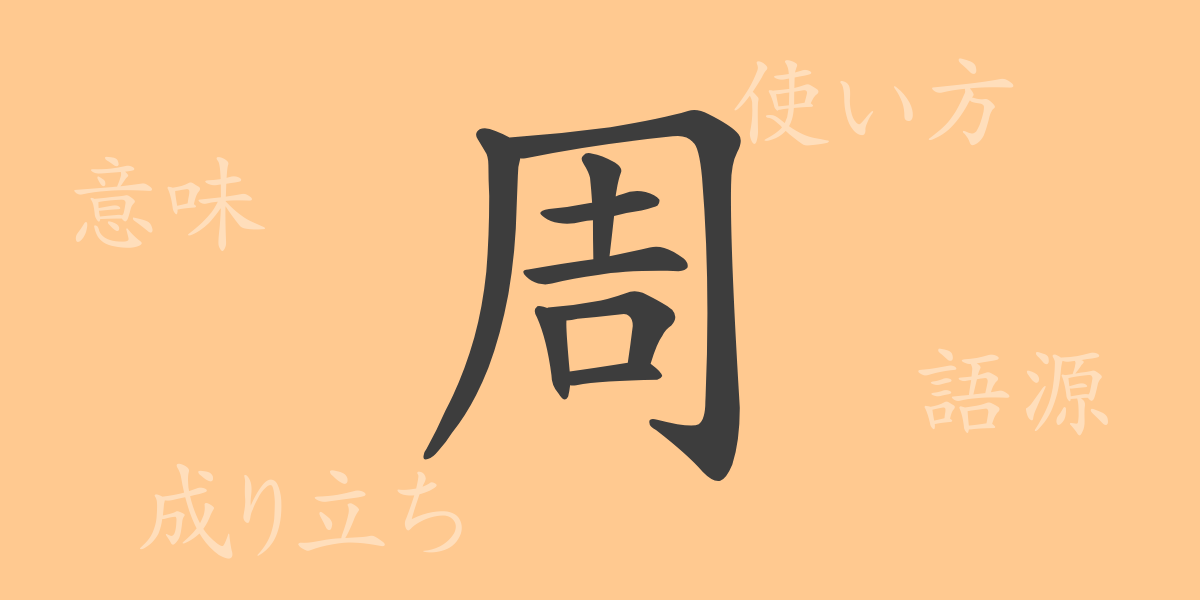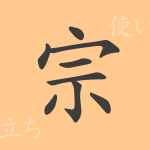The beauty of the Japanese language is reflected in its complex and rich characters. Today, we spotlight one of the commonly used kanji, “周(まわり),” and delve into its charm and depth. This kanji is related to various aspects of our lives, from geography and human relationships to the concept of time. In this article, we will explore the origins, meanings, usage, readings, and the rich idioms and proverbs that include “周(まわり).”
Origin of 周(まわり) (Etymology)
The kanji “周(まわり)” has ancient origins in Chinese culture. Initially, it developed as a pictographic character representing an enclosed area. The character evokes the image of walls surrounding a perimeter or boundaries encircling a piece of land, thus coming to signify the concepts of range and domain.
Meanings and Usage of 周(まわり)
The kanji “周(まわり)” means “around” or “one circuit,” referring to the surroundings of an object or a complete loop. It also denotes the concept of a week in terms of time or people around a person in terms of relationships, like “周りの人(まわりのひと)” meaning “the people around.” This versatile kanji is used in various contexts in Japanese.
Readings, Stroke Count, and Radical of 周(まわり)
The kanji “周(まわり)” has several readings in Japanese:
- Readings: The on’yomi (音読み) is “シュウ,” and the kun’yomi (訓読み) is “まわ.り.”
- Stroke count: 8 strokes
- Radical: The radical is “口(くちへん),” which signifies an enclosure.
Idioms, Phrases, and Proverbs Using 周(まわり)
There are numerous idioms, phrases, and proverbs that include the kanji “周(まわり)” in Japanese, each with its own unique meaning. Here are a few examples:
- 周知(しゅうち): Widely known or understood.
- 周囲(しゅうい): The boundary at an equal distance from a central point.
- 周到(しゅうとう): Thoroughness, where even the smallest details are considered.
- 周章狼狽(しゅうしょうろうばい): A four-character idiom describing a state of panic and confusion.
Conclusion on 周(まわり)
The kanji “周(まわり)” symbolizes the world around us through its form and meaning. Frequently used in daily life, this character connects various concepts such as time, space, and human relationships. Through this article, we hope to deepen your understanding of “周(まわり)” and help you rediscover the richness of the Japanese language.

























